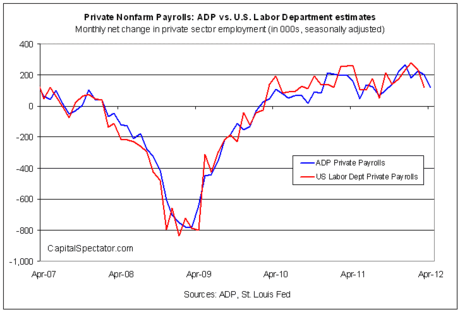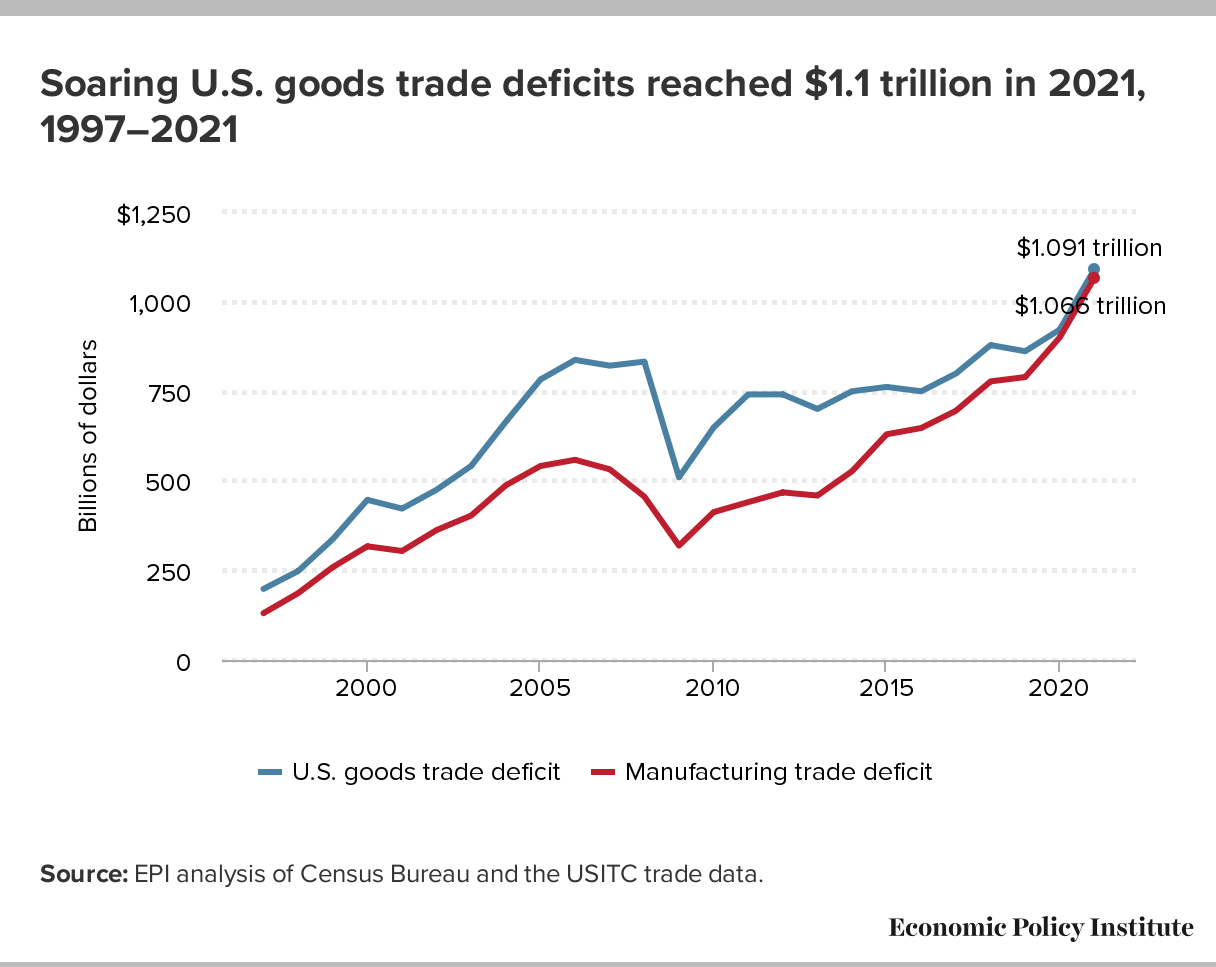Alright folks, buckle up, because numbers are in and they’re screaming “recovery”! Yesterday, May 2nd, China saw a staggering 290 million cross-regional passenger trips – a 3% jump year-over-year. That’s right, nearly a third of a billion people were moving. This isn’t just about leisure; this is capital flowing, consumption kicking in, and the engine of the Chinese economy starting to roar.
But let’s break this down. Rail travel remains king, staying above 19 million passengers daily even after hitting a record high on May 1st. We’re seeing a definite shift towards short-to-medium distance travel, signaling a renewed focus on domestic tourism and regional economic activity.
And it’s not just within the country. The Hong Kong–Shenzhen–Guangzhou high-speed rail saw cross-border passenger numbers soar over 10% – a clear indication of pent-up demand for business and travel to and from the SAR. The Beijing-Tianjin intercity line? Over 180,000 passengers… in a single day! They had to add extra train cars and peak-hour services to handle the volume.
Let’s dive a little deeper into the implications of these numbers:
Increased mobility directly correlates with increased consumer spending. More people traveling mean more hotel bookings, restaurant visits, and retail purchases.
Rail travel is a key indicator of economic health, especially for shorter distances which represent daily commutes and business trips. Continued high rail traffic suggests a stabilization and eventual growth in these areas.
The surge in cross-border travel, particularly via high-speed rail, showcases improving regional connectivity and renewed confidence in cross-border economic cooperation.
This isn’t just a statistic; it’s a tangible demonstration of the Chinese economy shaking off the post-holiday blues and gearing up for continued growth. Don’t underestimate the power of people moving – it’s the lifeblood of any robust economy.







